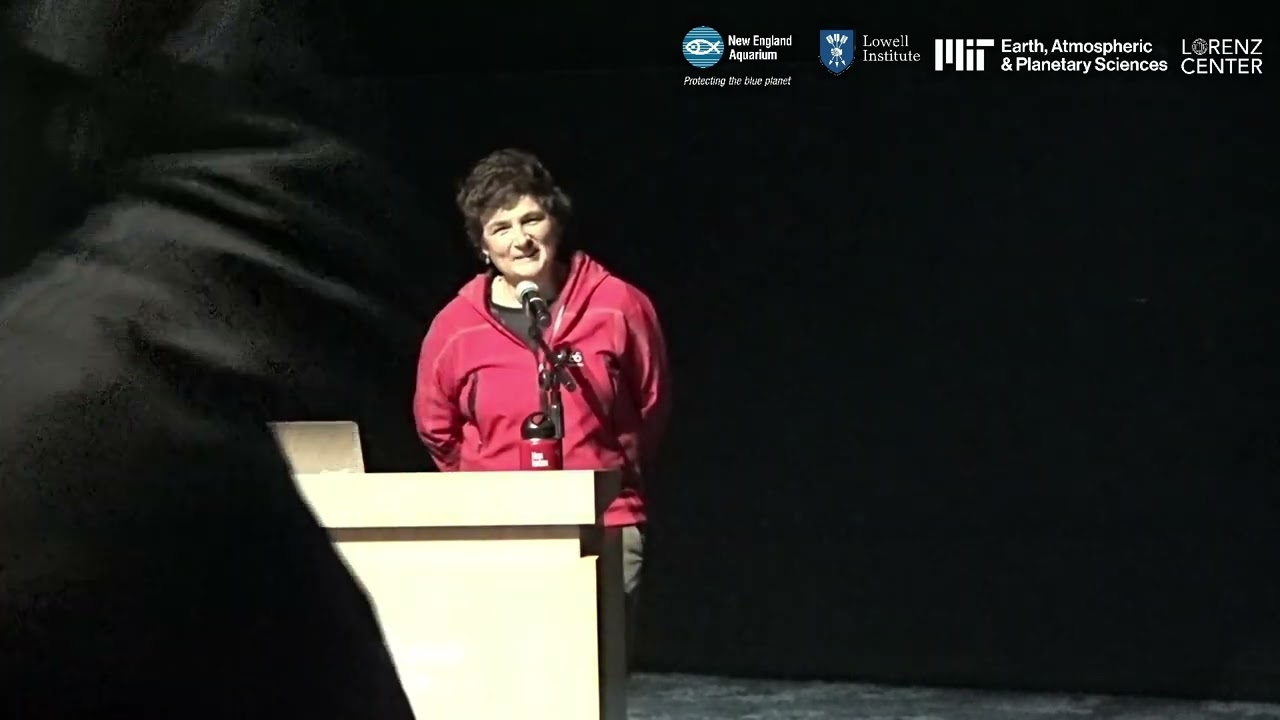Summary:
1. The rise in sea level due to melting glaciers in Greenland brought attention to the impact of ocean warming.
2. Dr. Fiamma Straneo shares the story of a unique investigation that confirmed the warming ocean’s impact on Greenland’s glaciers.
3. The investigation involved a diverse team of experts and utilized robots, icebreakers, helicopters, seals, and detective skills.
4. This lecture is made possible by a generous gift from MIT alumnus John H. Carlson and is presented in partnership with the New England Aquarium and the Lowell Institute.
Have you ever wondered what lies beneath the frozen beauty of Greenland’s glaciers? How do these magnificent structures interact with the warming ocean and contribute to the rise in sea level? Well, wonder no more! Dr. Fiamma Straneo is here to unveil the incredible tale of ice, warm water, and the future.
In the early 2000s, as the world’s attention turned towards the alarming rise in sea level, scientists began investigating the role of ocean warming in melting glaciers. Greenland, with its treacherous icy terrain and remote location, proved to be the perfect setting for this exploration.
Dr. Straneo, a renowned oceanographer, and her team embarked on a daring adventure to study where Greenland’s glaciers flow into the ocean. Little did they know that their journey would involve robots, icebreakers, helicopters, seals, and a touch of detective work.
One cannot help but marvel at the diverse experts who joined forces to unravel this mystery. Oceanographers, glaciologists, climate scientists, engineers, technicians, vessel operators, and local experts took on the challenge. Their collective expertise ensured a holistic understanding of the complex interactions between ice and water.
To gain insights into the changing environment, Dr. Straneo’s team employed an army of robots. These autonomous devices ventured deep into the ocean, collecting crucial data on temperature, salinity, and currents. It was through their tireless efforts that the warming ocean’s impact on Greenland’s glaciers was confirmed.
But the adventure did not stop there. The team employed icebreakers to navigate the icy waters, helicopters to survey the vast landscape, and even enlisted the help of seals. These curious creatures, equipped with sensors, provided valuable information on water temperature and ice thickness. It was a harmonious convergence of science and nature.
As Dr. Straneo takes the stage to share her tale, we find ourselves captivated by her words. With a human conversational tone and an infectious passion for her subject, she effortlessly transports us to the world of ice and water. Her blend of long and short sentences keeps our attention hooked, never knowing what captivating fact is just around the corner.
Did you know that Greenland’s glaciers are home to uniquely adapted organisms? These resilient creatures have evolved remarkable strategies to survive in this harsh environment. From microscopic organisms to larger marine mammals, the diversity and resilience of life in these waters is awe-inspiring.
But perhaps the most intriguing aspect of this lecture series is the compelling human story that unfolds. Dr. Straneo emphasizes the collaborative efforts of individuals from various backgrounds. Each expert, with their specialized knowledge, played a vital role in piecing together the puzzle of Greenland’s melting glaciers.
The lecture, generously funded by MIT alumnus John H. Carlson, showcases the power of philanthropy in advancing scientific research. Carlson’s gift to the Lorenz Center in the Department of Earth, Atmospheric, and Planetary Sciences at MIT has allowed these lectures to be free of charge and open to the public. It is through partnerships with esteemed institutions like the New England Aquarium and the Lowell Institute that the lecture series reaches a wider audience, inspiring the next generation of scientists and conservationists.
As we sit in the audience, inspired by Dr. Straneo’s remarkable journey, we realize the profound impact one person can make. Her dedication and passion for understanding the secrets of our planet’s changing climate are a powerful reminder of our responsibility to protect and conserve our natural world.
So, if you yearn to glimpse the mysterious realm of ice and warm water, join us at the John H. Carlson Lecture featuring Dr. Fiamma Straneo. Prepare to be enthralled by the captivating story of how science, nature, and human collaboration can unlock the secrets of our planet’s future. Together, we can make a difference and shape a brighter tomorrow.
*****
Source Description
The New England Aquarium Lecture Series and the Lorenz Center of the Department of Earth, Atmospheric, and Planetary Sciences at MIT present the John H. Carlson Lecture featuring Dr. Fiamma Straneo.
In the early 2000s, glaciers in Greenland started speeding up and melting, which led to a rise in sea level. Attention turned to the ocean: could it be that the glaciers in this iceberg-infested, remote, and dangerous place were responding to ocean warming? To answer this, a team assembled to explore where Greenland’s glaciers flow into the ocean.
Dr. Straneo shares the story of a novel investigation that utilized robots, icebreakers, helicopters, seals, and detective skills to confirm a warming ocean’s impact on an ice sheet. Join us for a fascinating account of the people—oceanographers, glaciologists, climate scientists, engineers, technicians, vessel operators, and local experts—who worked together to make this discovery possible.
Free of charge and open to the public, this lecture is made possible by a generous gift from MIT alumnus John H. Carlson to the Lorenz Center in the Department of Earth, Atmospheric, and Planetary Sciences, MIT, and is presented in partnership with the New England Aquarium and the Lowell Institute.


